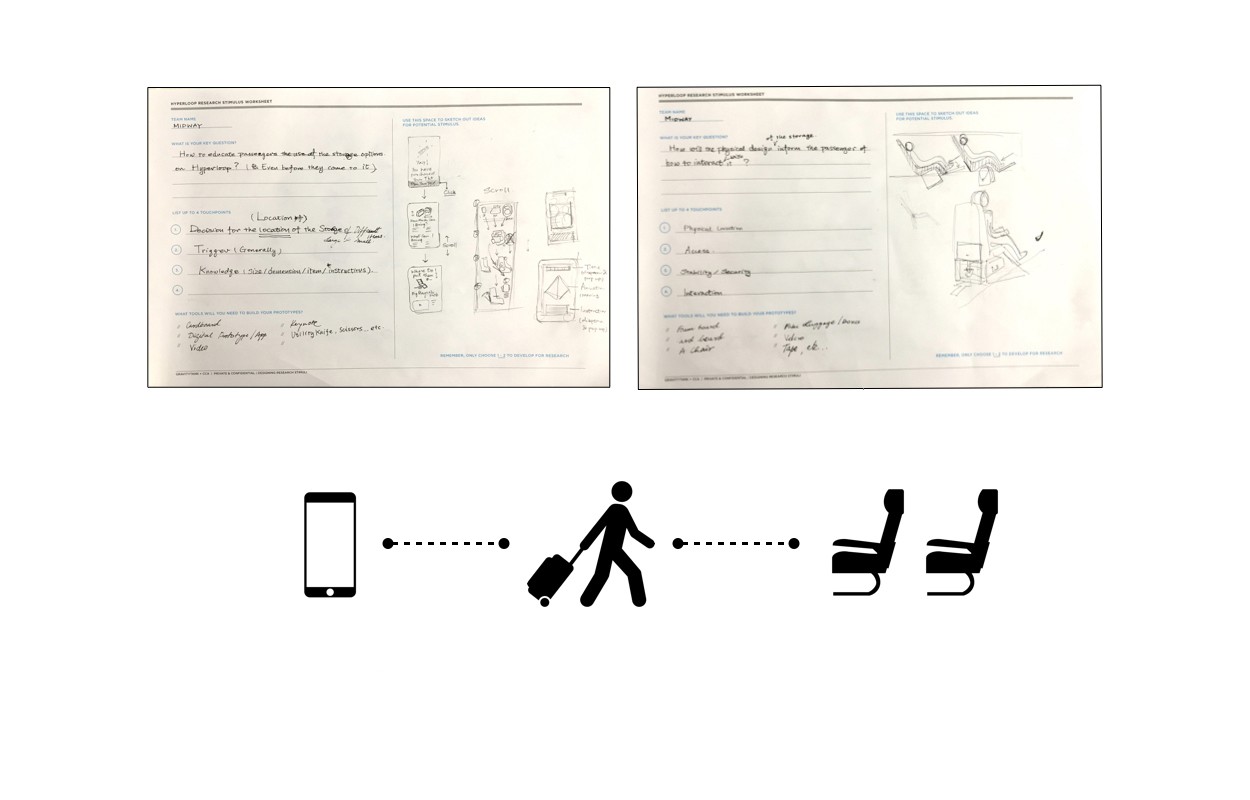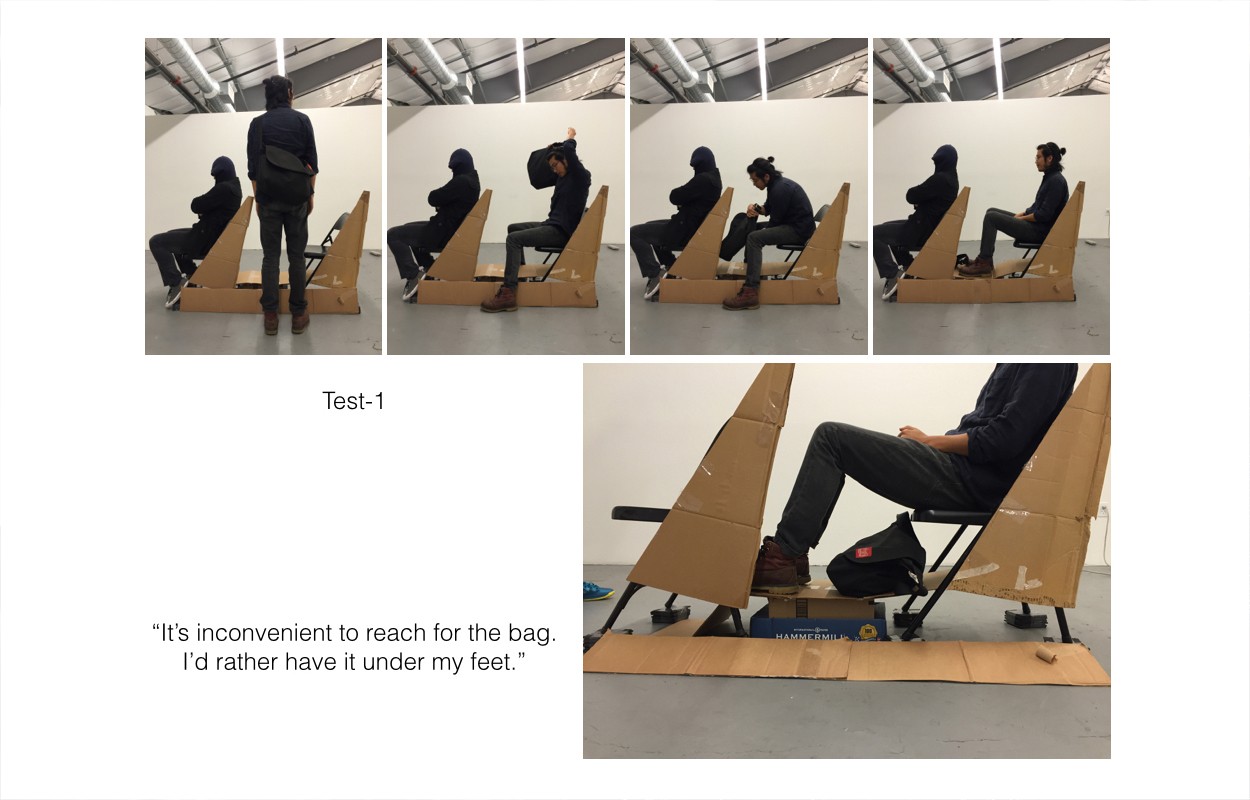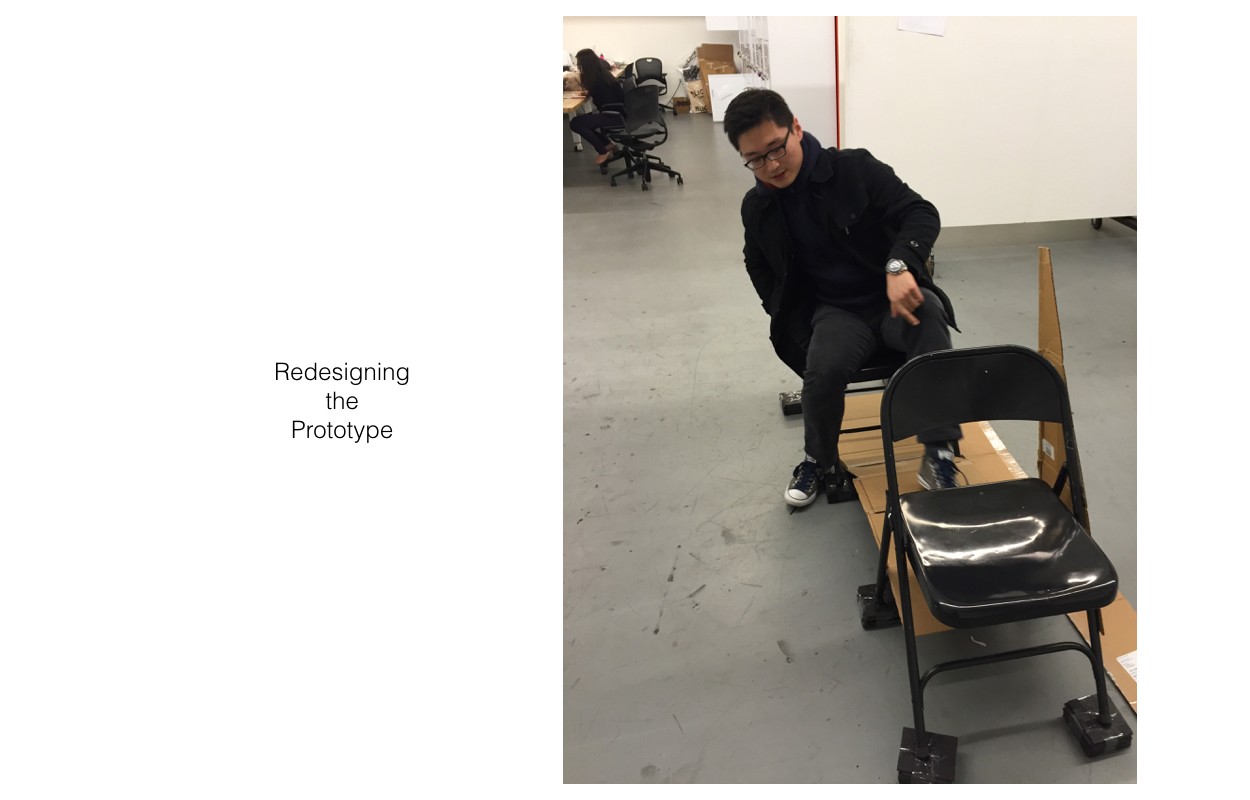-
HYPERLOOP RESEARCH
DESIGN RESEARCH CLASS @ CCA

Project Brief
This class project gave us an opportunity to explore research methodologies for a real life problem.We conducted research using design methodologies to find out ways to best approach travel with the Hyperloop Project envisioned by Elon Musk. A Medium article by our professor Christopher Ireland detailing out the class in detail.
My Role
Research Interviews, Illustrations, Data Analysis and Prototyping (Mobile App)
Timeframe
9 Weeks. Divided into two projects of 5 weeks and 3 weeks each
Research Participants
User who are commuting for about 30-45 minutes on a daily basis.
Process
The project was divided into two sections. In the first section we were supposed to identify the key pain points in the existing travel/commuting experiences. This helped us narrow down to one problem we would like to research about and project the anticipated manner in which people would approach the same aspect while using the Hyperloop.
We started our research by scouting for the right people and developed an online screener that we sent out to friends and family. We then did an intensive interview session with each of our participants to find out how their Travel experiences differ from their Commute experience.
The second half of the class we concentrated on User-Testing and iterative techniques by trying to solve for a particular need put forward. The research we did in the earlier phase helped us segway into this phase easily. We ended up creating an app for knowledge and a physical prototype for storing bags on the hyperloop.

Experience Mapping and identifying Pain Points
 Mapping out the anticipated user flow through the usage of hyperloop.
Mapping out the anticipated user flow through the usage of hyperloop.

Discovery Phase

Used methods of Experience Mapping, Research Surveys and Structured Interviews to discover and define the design problem.
Teammates Involved
Phase 1: Li Lin, Dash C Brittin, Ming
Survey and Screening criteria for Interviews
 The screener questions and responses that we used to narrow down our research participants.
The screener questions and responses that we used to narrow down our research participants.
Interview Guide and Activity sheet for participants
 The internal artifacts used by our team to have a successful interview session with our participants.
The internal artifacts used by our team to have a successful interview session with our participants.
Analysing common User Behaviors
 Brainstorming!! Several sessions of brainstorming to narrow down the key findings from all the data we had about user patterns while traveling and commuting.
Brainstorming!! Several sessions of brainstorming to narrow down the key findings from all the data we had about user patterns while traveling and commuting.

Research Findings
 The final artifact which shows the anticipated usage of the hyperloop. An interesting mix of Travel and Commuter usage.
The final artifact which shows the anticipated usage of the hyperloop. An interesting mix of Travel and Commuter usage.
Design Prompt from Research

Iterations Phase

Using Paper Prototypes, Wireframing and Lo-fi Prototyping to explore the various options to bring our ideas to life.
Teammates Involved
Phase 2: Li Lin, Bo Peng, Lingjiang Lai
Sketching initial ideas of One Physical prototype and One Digital prototype.

User Testing of Iterated Design

Low fidelity Physical prototype

User Testing of Iterated Design

Running the test again with a different participant

After making the changes to the App, we tested the experience again


Creation Phase

We created Storyboards to describe our designed experience and Visual Design assets using software like Sketch and Framer.js for the mobile app.
Teammates Involved
Phase 2: Li Lin, Bo Peng, Lingjiang Lai
Project Impact
The two part project was done as part of the Design Research class taught by industry experts, Christopher Ireland, Elizabeth Glenewinkle and Katy Mogul. It was a great experience understanding their perspectives of the impact of research in the design process. Also, these projects laid the foundation for research methodologies which I would use in other classes and projects.
Challenges
- To work with multiple researchers on the team and have unified guidelines for consitency of research findings.
- To record sessions with users so that the whole team has access to the sessions at a later date.
- Collaborating with the team members during analysis phase to surface unbiased findings.
- Visualising the research findings in an impactful way for the designers to make best use of it in the design process.
Takeaways
- The opportunity to learn different research methodologies to use at different stages of teh design process.
- Learning to create and document research for the team to access and change as the projects progressed.
- Research, if done right, can have a lasting impact on the design process.
- Finding a way to avoid personal bias in design and only follow what the (user)data asks for.


